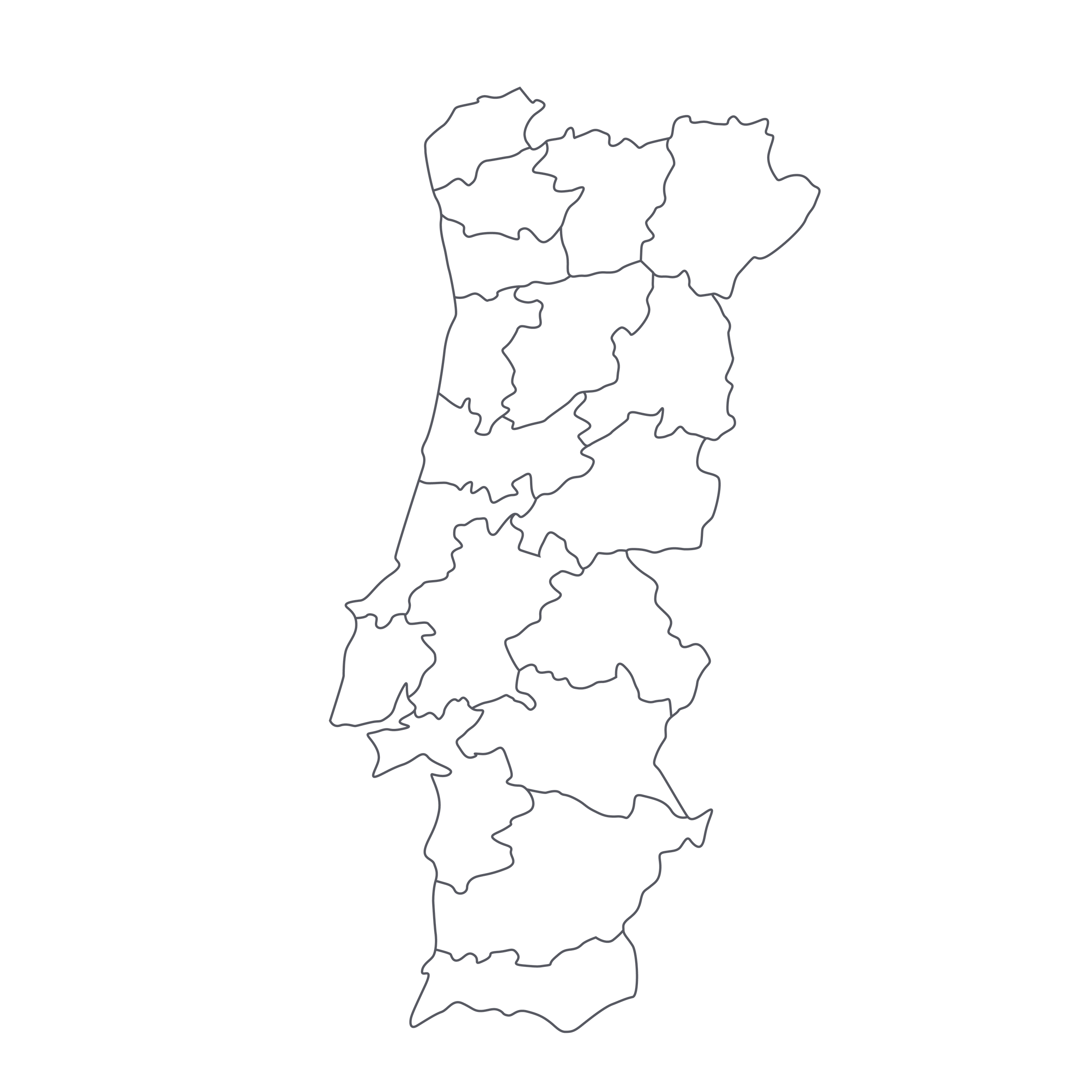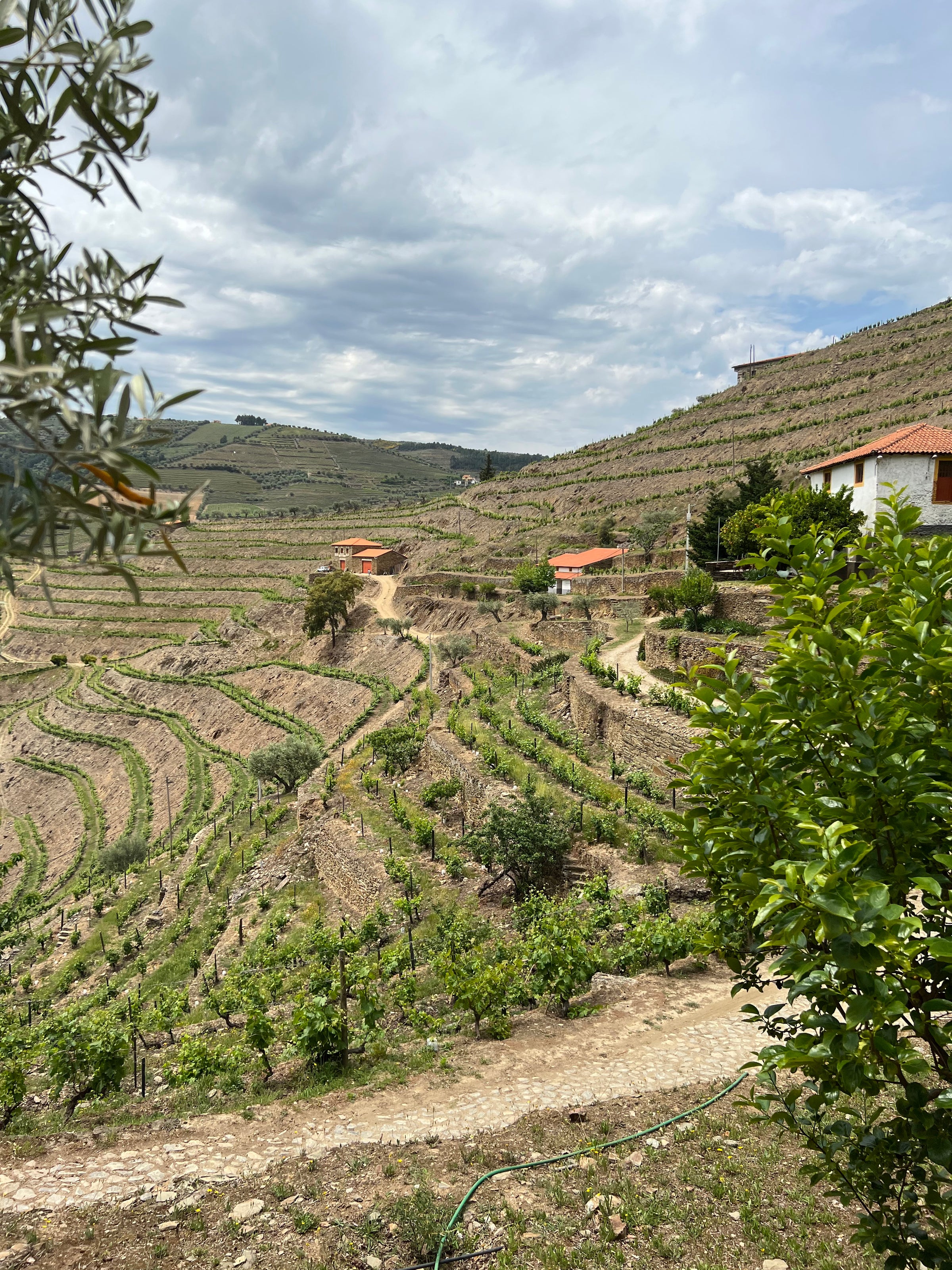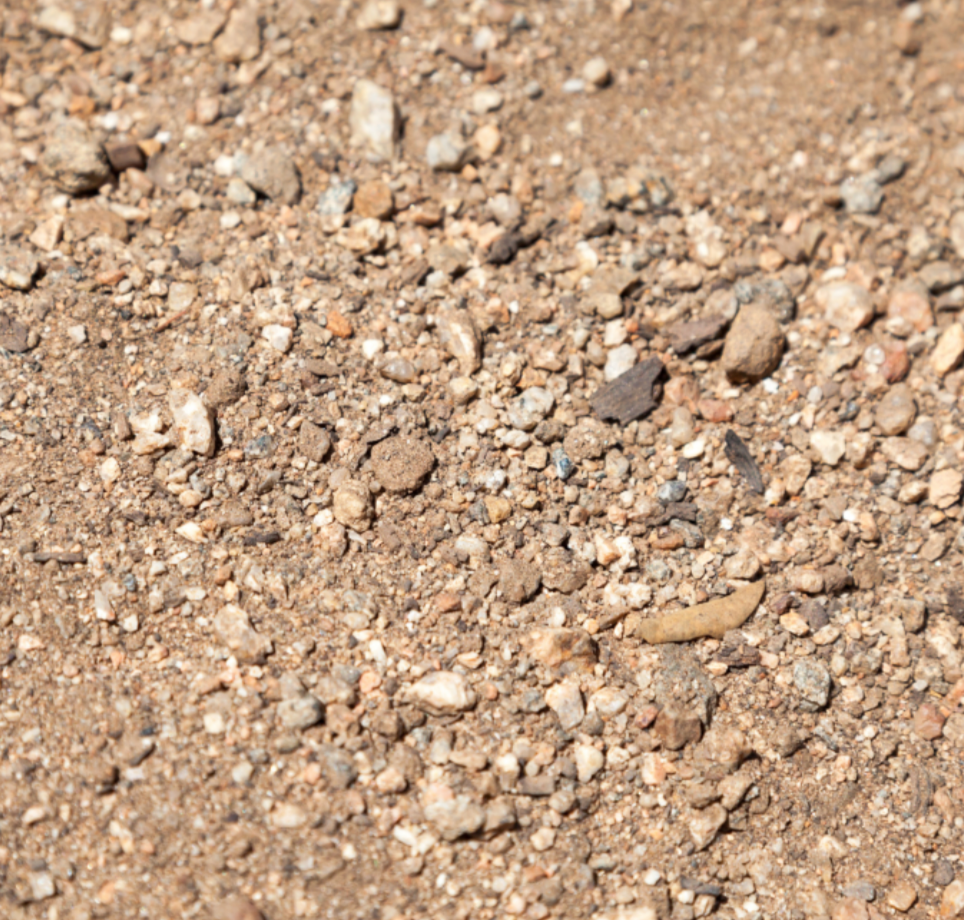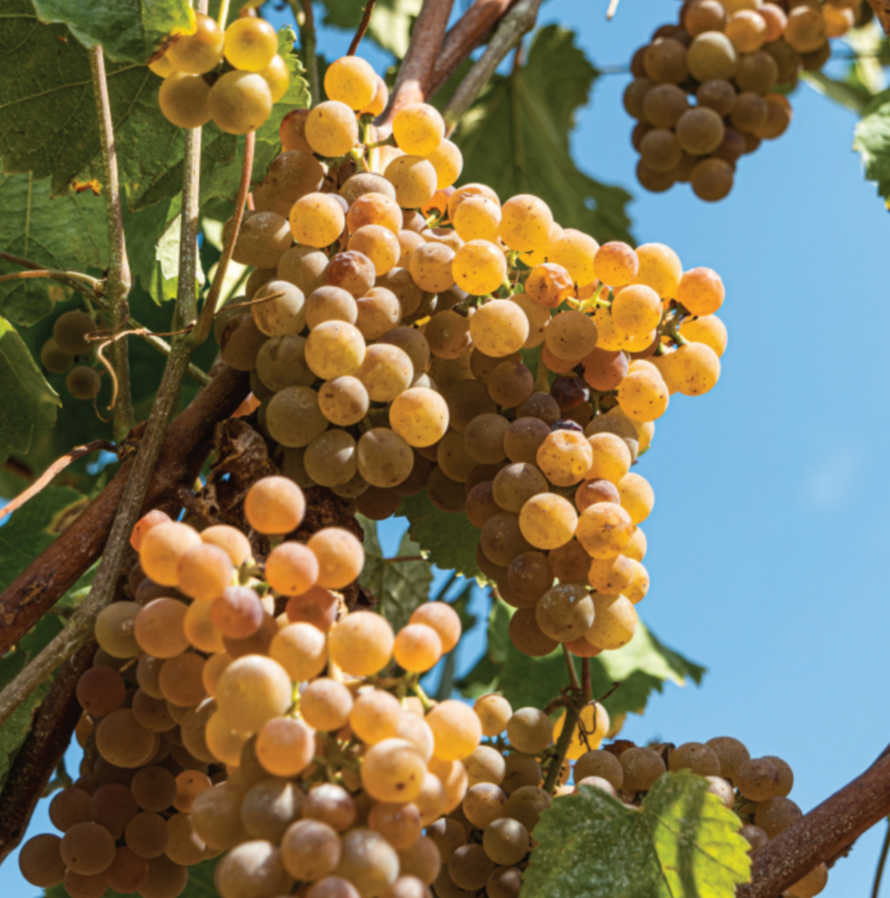It’s a little strange to refer to an ancient wine culture like Portugal as “the next frontier,” but that’s what it feels like right now. For generations, the Portuguese wine conversation effectively began and ended with the sweet, fortified Port wines of the Douro—great wines, to be sure, but hardly the only story in such a richly diverse wine nation.
Out here in California’s Bay Area, two prominent sommeliers—Evan Goldstein, MS, and Eugenio Jardim—have taken up the Portuguese wine cause in earnest, hosting seminars and tastings to educate both consumers and professionals on what I’d describe as a Portuguese wine bonanza. Chief among the attractions are deep, dry reds from indigenous grapes such as Touriga Nacional, the base of this red from a new-generation property called Quinta de Lemos. Located in the Dão region, which is just south of the Douro, Quinta de Lemos is a particularly stylish example of the investment capital and winemaking talent lending new voice to a classic Portuguese terroir. The Dão, and Touriga Nacional, are two of Portugal’s greatest contributions to the world of cellar-worthy red wine, as exemplified by the deep, brooding, still-evolving 2005 on offer today. This is a seriously under-valued wine, and as we’ve been learning firsthand lately, Portugal is absolutely teeming with them.
The Dão is said to be Portugal’s “oldest” wine-producing region, older even than the Douro, and from a reputation standpoint, it is probably the most prestigious of Portugal’s 31 DOC (Denominação de Origem Controlada) appellations. Situated on the Beira Alta plateau surrounding the Dão River, the region is sheltered on all sides by mountains and boasts a relatively cool, dry climate, with soils of weathered schist and granite. Vineyard altitudes are relatively high here, resulting in wide diurnal shifts in temperature that help lengthen the growing season and preserve acid in grapes. Touriga Nacional, arguably Portugal’s most important indigenous grape, is the driving force in most Dão DOC reds (as it is up in the Douro as well), along with Tinta Roriz (a.k.a. Tempranillo) and a gaggle of other lesser-known grapes, including Jean (a.k.a. Mencía), and Afrocheiro. All four of these native varieties play a role in the “Dona Santana” blend, with Touriga Nacional comprising 60%.
Quinta de Lemos, meanwhile, is a stunning vineyard/winery/hospitality project launched in the mid-1990s by Celso de Lemos, whose other business is textiles (linens, rugs) and whose modern design sensibility informs everything the wine estate does. This is “new” Portugal at its most state-of-the-art, but unlike many such projects with ‘international’ ambitions, the emphasis is on the Dão’s native grapes. The 2005 Dona Santana is 60% Touriga Nacional, 20% Tinta Roriz, and 10% each Jean and Afrocheiro, from vineyards at about 400 meters altitude. It was aged in French oak barrels for about 15 months, and the result is a wine with an intriguing combination of Old World rusticity and modern polish.
Given its varietal composition and place of origin, there are nods to other more-familiar Iberian wines—there’s a hint of Priorat here, a touch of Ribera del Duero there, even a dollop of Galicia (thanks to the Mencía)—but the Touriga Nacional speaks loudest: The variety is resolutely dark-fruited and woodsy, with dusty tannins, exotic spice notes, and lots of meaty savor. Now with more than a decade of age under its belt, the 2005 Dona Santa has loosened its tannic grip and unleashed a wave of blackberry fruit and dark chocolate richness, but the underlying structural foundation remains—it is not at all tired, but it is starting to peak now and should continue to dazzle for years to come.
In the glass it is an opaque and still-youthful dark ruby with only slight bricking at the rim. The nose is deep and compelling, if not exactly one I’d want to encounter on a blind tasting exam: huckleberry, blackberry, and black cherry fruit mingle with hints of clove, allspice, forest floor, black licorice, roasted meat, crushed gravel, and espresso grounds. It is full-bodied and luscious, its oak component now well-integrated and its acid nicely balancing the sappy fruit (the alcohol is very well-moderated also). Bottom line, it’s an impressive aged wine with great balance, one that channels Bordeaux, The Roussillon, Priorat, and a few other great Old World reds en route to its own unique destination. At this price especially, you simply can’t ask for more—I’d suggest popping the cork and leaving the bottle open for about 30 minutes before serving in large Bordeaux stems at 60-65 degrees. Decanting is optional, though there will be some sediment—if you don’t decant, be careful on your final pour to avoid any sludge! This would make an immensely satisfying red to sip slowly alongside a platter of assorted cheeses, and of course it would sing with a beefy, rustic main course dish like Portuguese
carne guisada. I suspect we’ll have a lot more coming your way from Portugal in the coming months, so I’ll be brushing up on some of their classic recipes—this is one heck of a start!





